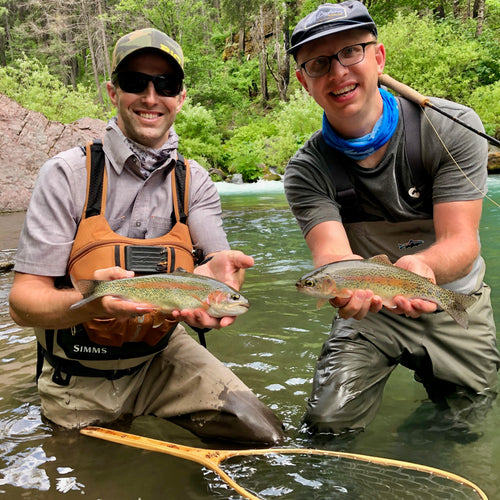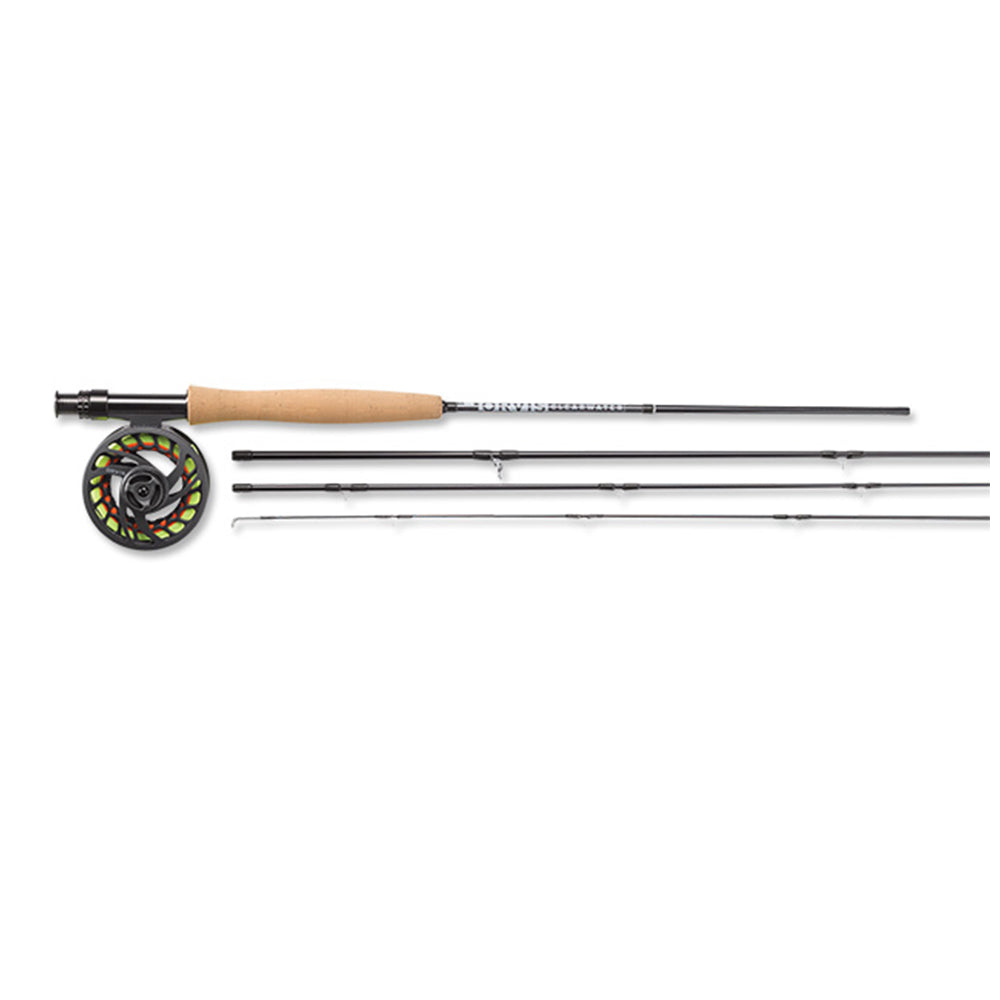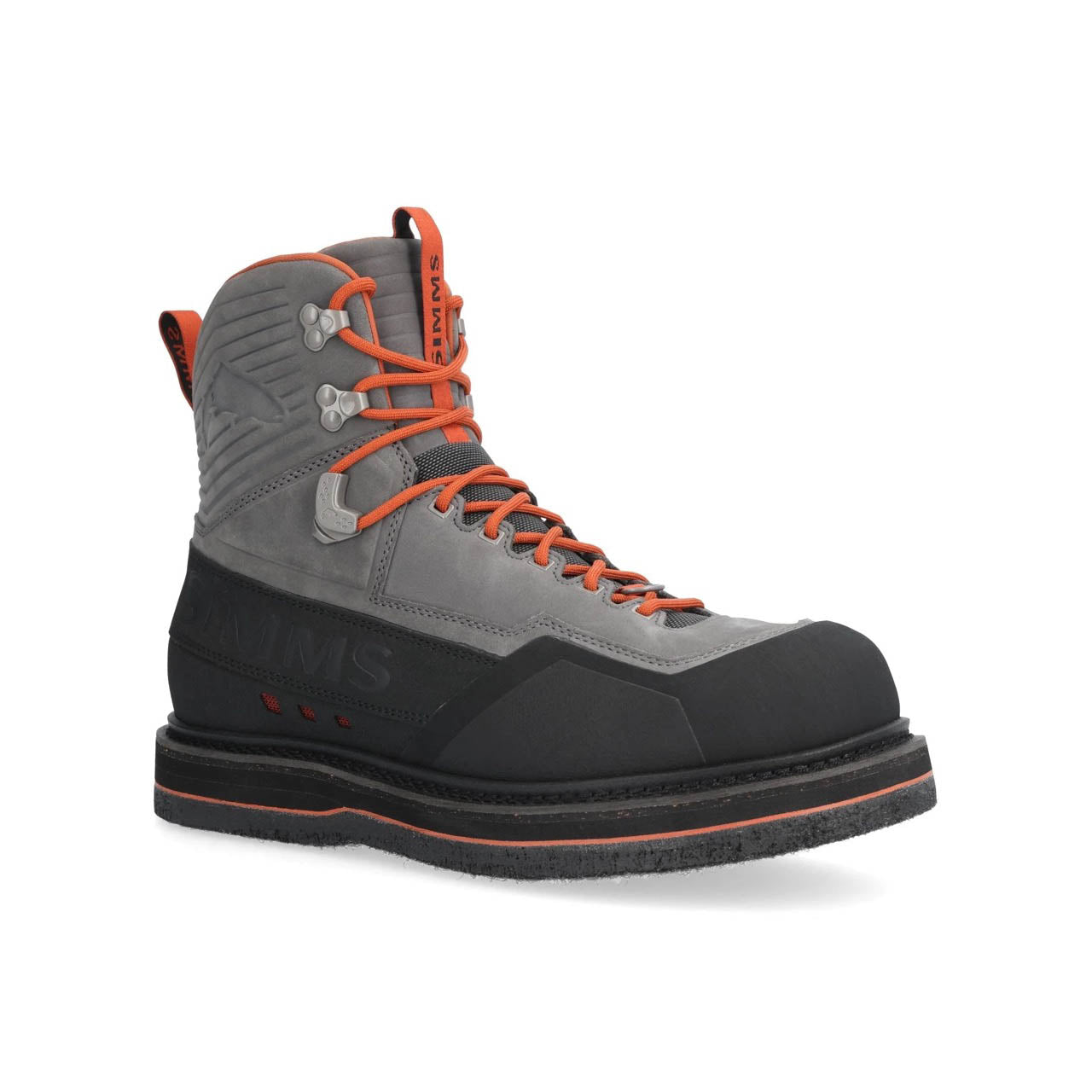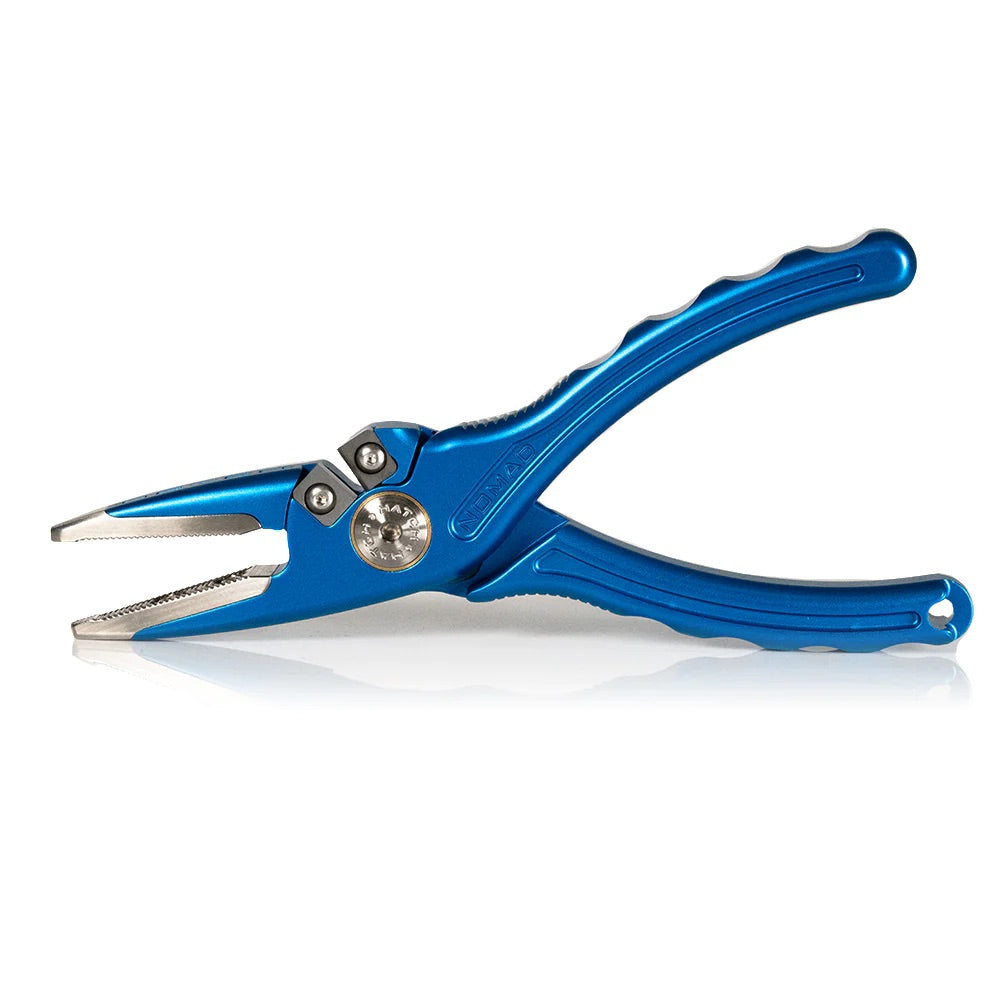Jon Baiocchi Reports on 6.20.20
Well…It took nearly 4 weeks to finally see prime conditions for the damsel game and this year it’s going to be short lived. In the last week water temperatures have spiked upwards from 60 in the morning to 65, and in the afternoon I have recorded 70 degrees at 2pm – Just like that. Damsels will keep on hatching, and some fish will come into the skinny water to feed in the next few weeks but with the warmer water temps your catch and release will most likely not live. So you’ll be looking at a catch and keep scenario. Lake Davis is a “put and take“ fishery – you make the call on what is the right thing to do.
The lake levels are just about perfect with the slow drop of minimal releases from the Grizzly creek dam, where the shoreline has more character including flats, peninsulas, and natural fish traps. Currently Lake Davis is at 75% of capacity. Though the fluctuating weather and high and low pressure systems were challenging in the last month for consistent fishing, it sure has been fun being on the water in the last week. When you’re on a body of water nearly every day you can really clue in on the slight variances in fish behavior, including holding patterns, and food selection. Observations and understanding what each unique day brings is the key to your success.
Last Monday was the best day for tracking targets and presenting damsels to selective and wary feeders in 2 to 5 feet of water. It’s more than just trolling around in a float tube, or fishing from a boat while casting. From the bank, time slows down and you’re honed in on the hunting aspect of the damsel hatch. I’m stoked for my guests who have never experienced this and get to live it, it is indeed one of the greatest things you can do with a fly rod in your hand.
Now that the region of the Northern Sierra is in a typical pattern of high pressure, and hot weather, Lake Davis will see a lot of glass in the morning hours. When it’s flat calm those trout are on edge and super wary. As Jay Fair use to say “they’re scared…They really are!” You’ll get a slight East wind in the morning too and most often it’s perfect with just a ripple to give the trout some cover to feel more secure, and hours later the wind will shift to the South West or a Westerly flow.
Just a few reminders for the damsel game – Your patterns should be brown, dark olive, olive, and light olive in color. They should also be sparse and about an inch long. Commercial ties are way too long and bulky. 4X tippet at a minimum, and always check your knots for strength, and your leader for casting knots frequently. When you finally get the chance to make a hook up you’ll want your operating system the best it can be. The takes can be subtle (your line just stops), or on the aggressive side. You just never know if it is the bottom, a weed, or what not - so always strip set on anything you feel different.
The Aquatic hatching cycle is such at these times – in the early pre sunrise look for scum lines in deep open water where trout will resort to being dumpster divers eating the garbage from the previous night. Then the blood midge and other chironomids will begin hatching soon after. By 9am the damsel nymphs begin swimming to the shoreline or anywhere they can crawl out and hatch into an adult. The hatch may last to 1pm, but every day is different with the amount of nymphs hatching, and even the amount of active feeding fish to a particular flat or shoal. Callibaetis spinners will appear mid-day, look up into the sky and you’ll see dozens upon dozens aloft in the breeze. As the water temperatures peak out in the afternoon, the fish go down to 10 to 18 feet of water, or the first good ledge that has weeds and food where they can dine in their air conditioned restaurant.

The last hour of light and the Hexagenia mayfly appears. The population is all over the lake now, but I see more near the east side of the lake where there is more clay – This is nymph’s preferred habitat due to the simple fact that the tubes they create to live in will not collapse like soft mud will. With lower light levels you can use much heavier tippet, and in my opinion the best pattern while fishing the surface is using a cripple or a stillborn pattern. It’s been so cool just observing all the critters feasting on the Hex. The bass and the trout are really putting on the feed bags with this substantial food supply, and come fall we are going to see those fish with huge shoulders and girth.
I’m done guiding on Lake Davis for trout, but open for poking around in the early mornings and late evenings for bass while I’m in the area doing creek trips of the Lost Sierra. It’s been really awesome to see the largemouth bass eat the same patterns we use for the trout – they have adapted to the natural food source well from tiny midges to damsels. As of right now, these are my only available fall dates for the lake: 9/19, 20, 24-28. 10/4-6, 28-31. All other dates are booked up. If you want a spot, let me know ASAP! Thanks to Lake Davis for an incredible fly fishing experience over the past 3 decades, and also a big thank you to J&J’s Grizzly Store and Campground for supporting me. I leave you with this, and it happens all the time, and why I have been writing and sharing my experiences and knowledge on this blog for so long. I’m walking back from the Honker Cove boat ramp after a day on the water to fetch the truck and yank the LillyBob. I met an elderly man whom I’ve never met before and he stares at me and says “you’re the guy the blog right?” I say yes, that’s me, I’m Jon (LOL). He then says “Thanks for sharing, I really look forward to your reports!” We smile, wish each other well and go about our business. Here’s the cool thing…The man doesn’t’ even fly fish, he’s a troller.
Middle Fork Feather River
The water levels have come way down, and it is imperative to fish downstream of the Jamison creek confluence. I’m only allowed to guide in the Recreational zone per my 1997 issued Special Use Permit from the US Forest Service, which is between the A-23 bridge 4 miles east of Portola downstream to Nelson creek. During this time I like the confluence down to Sloat, colder water and some really cool runs, riffles, and pools. Water temperatures last Friday were 63 rising to 67 in the afternoon. It’s a morning to mid-day game, and of course the last couple hours of light for the evening hatch.
Most of the big fish are have left, but you’ll find a few if you can decipher the type of habitat they hold in – deeper slots, shady lies, undercut banks, the bottom of a big hole, and under the streamside native grasses of a high bank. We are still using two rods. The tight line rig, and a dry fly set up. With the tight line rig, many fish have come on the swing at the end of the drift. Those Middle Fork Feather rainbows do not have to be rising in order to take a dry fly. Many times just blind casting a dry will surprise you more than once, like a dozen of times!
Caddis are the most profuse aquatic insect out, and a heavy spinner fall of BWO’s in the morning when air temperatures are between 57 and 67 degrees. The cool find last week were a few Green Drake spinners. There is not a big population of them on the Middle Fork Feather, but enough to get a bigger fish looking up for them. As the water temps rise during the day there is less oxygen and the trout will move into faster water looking for the white water and bubbles, don’t be shy about casting a bushy elk hair caddis in that type of water – they’ll find it too.
I’m done guiding the Middle Fork Feather too with increasing water temps and rock snot. Unlike Lake Davis, the MFFR is not a put and take fishery and the resident wild trout are extremely special. These trout are some of the most pristine specimens I’ve ever laid eyes on, and too valuable to accidently kill while fishing for them. The available dates I listed above for Lake Davis are the same for the MFFR in the fall. Again, get a hold of me now to secure your date. It was such a rad spring season for the river, chunkier fish, good numbers, and profuse hatches. The Middle Fork Feather River is truly the “Jewell of the Lost Sierra.”
See you on the water…
Read more

John Rickard Reports on 6.21.20 The McCloud River has seen a lot of anglers since the State started opening up. The entire stretch has fished great for weeks and continues to be good as we enter ou...

Jim Stimson Reports on 6.19.2020 Hoppers, hoppers, and more hoppers….. If you are planning on fishing the Upper Owens, stock up on those large, grotesque, and gaudy terrestrial patterns. Yellow...





























Leave a comment
All comments are moderated before being published.
This site is protected by hCaptcha and the hCaptcha Privacy Policy and Terms of Service apply.